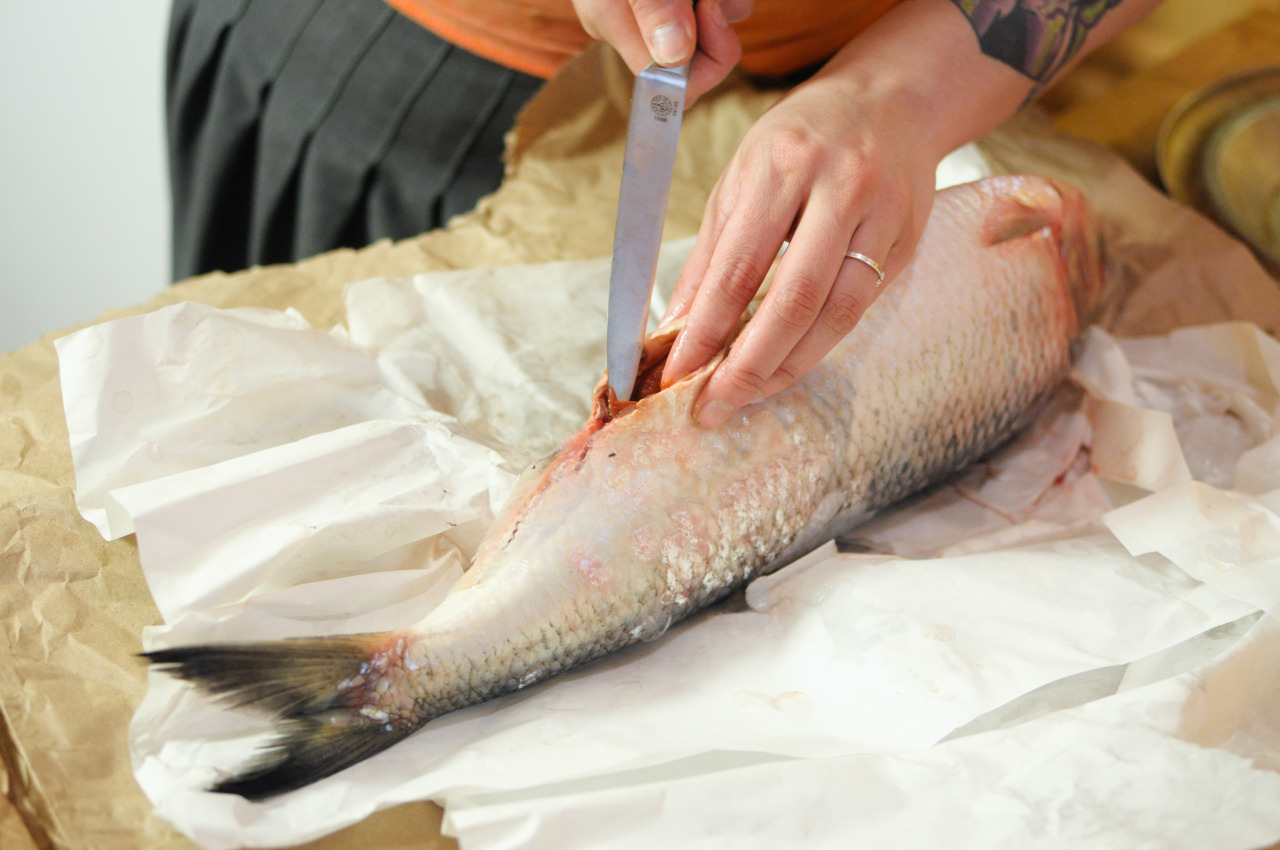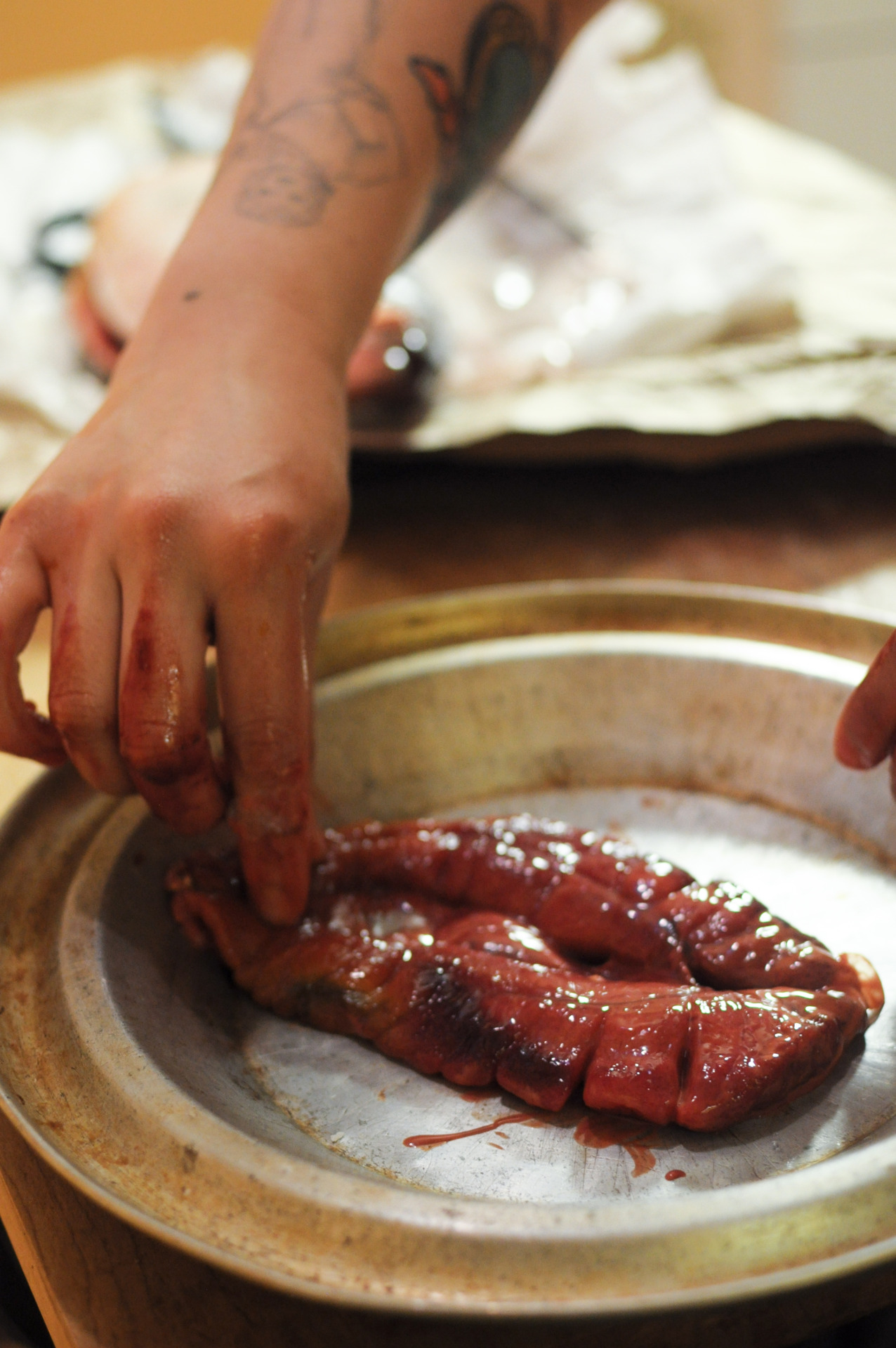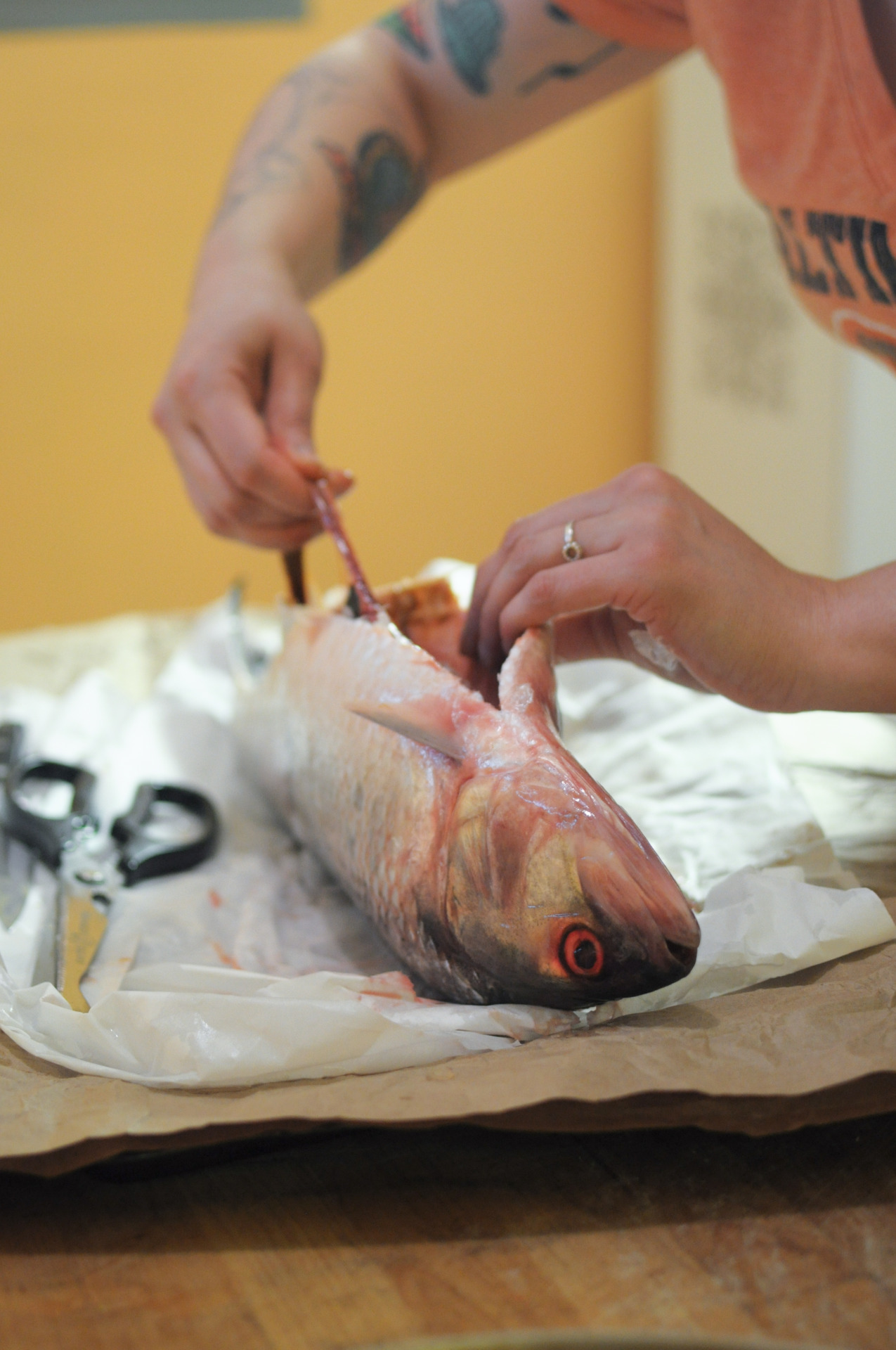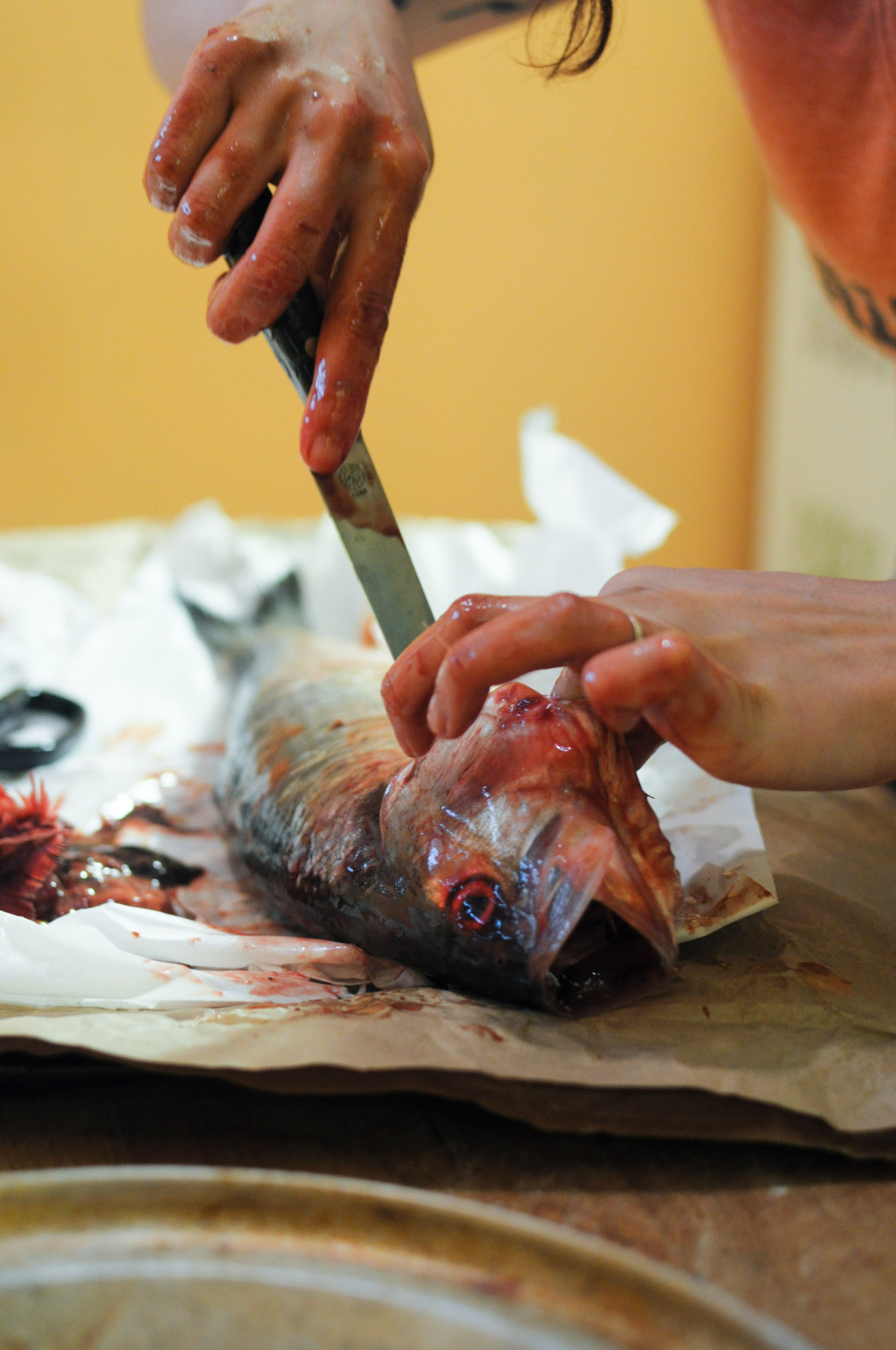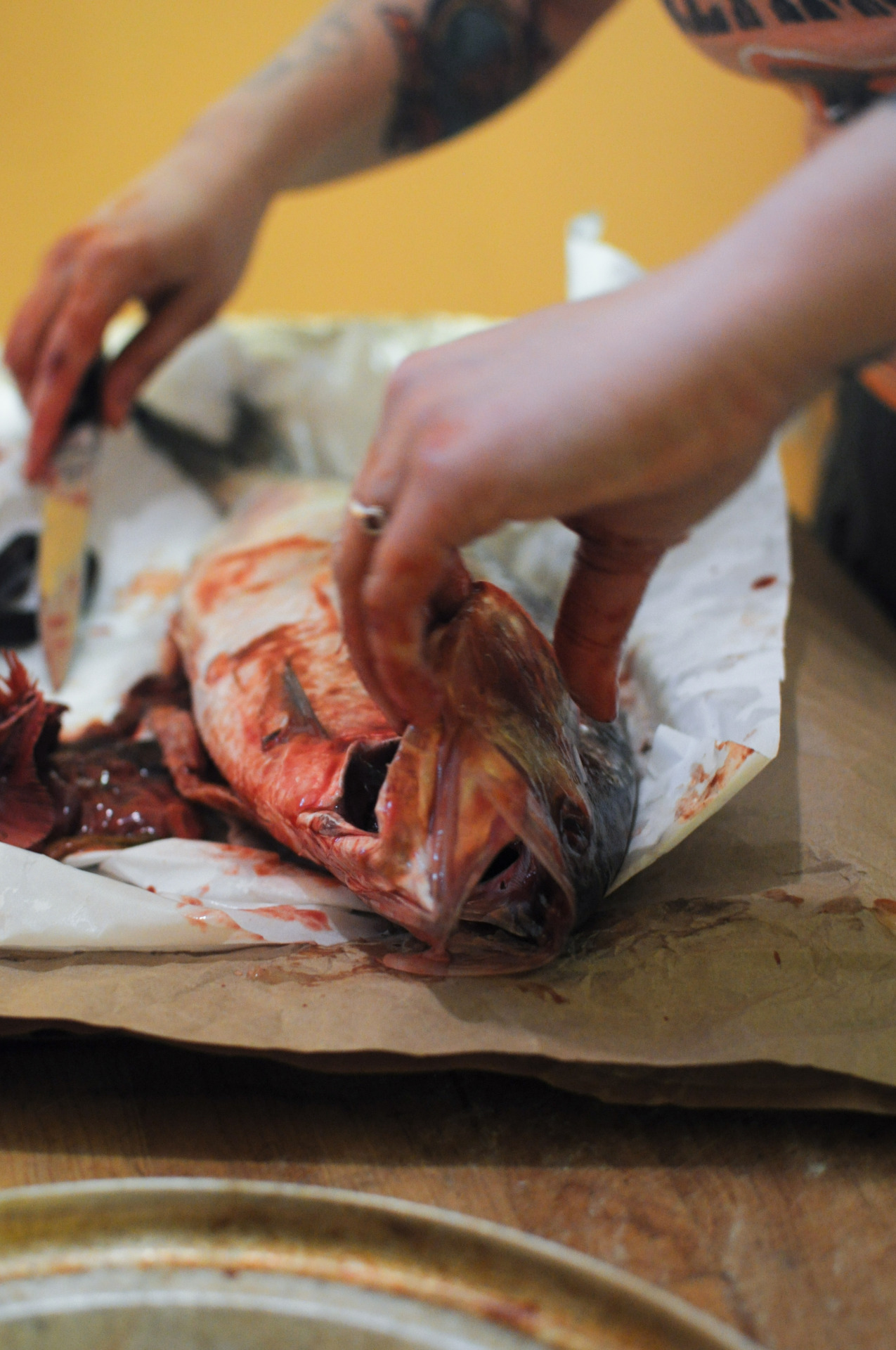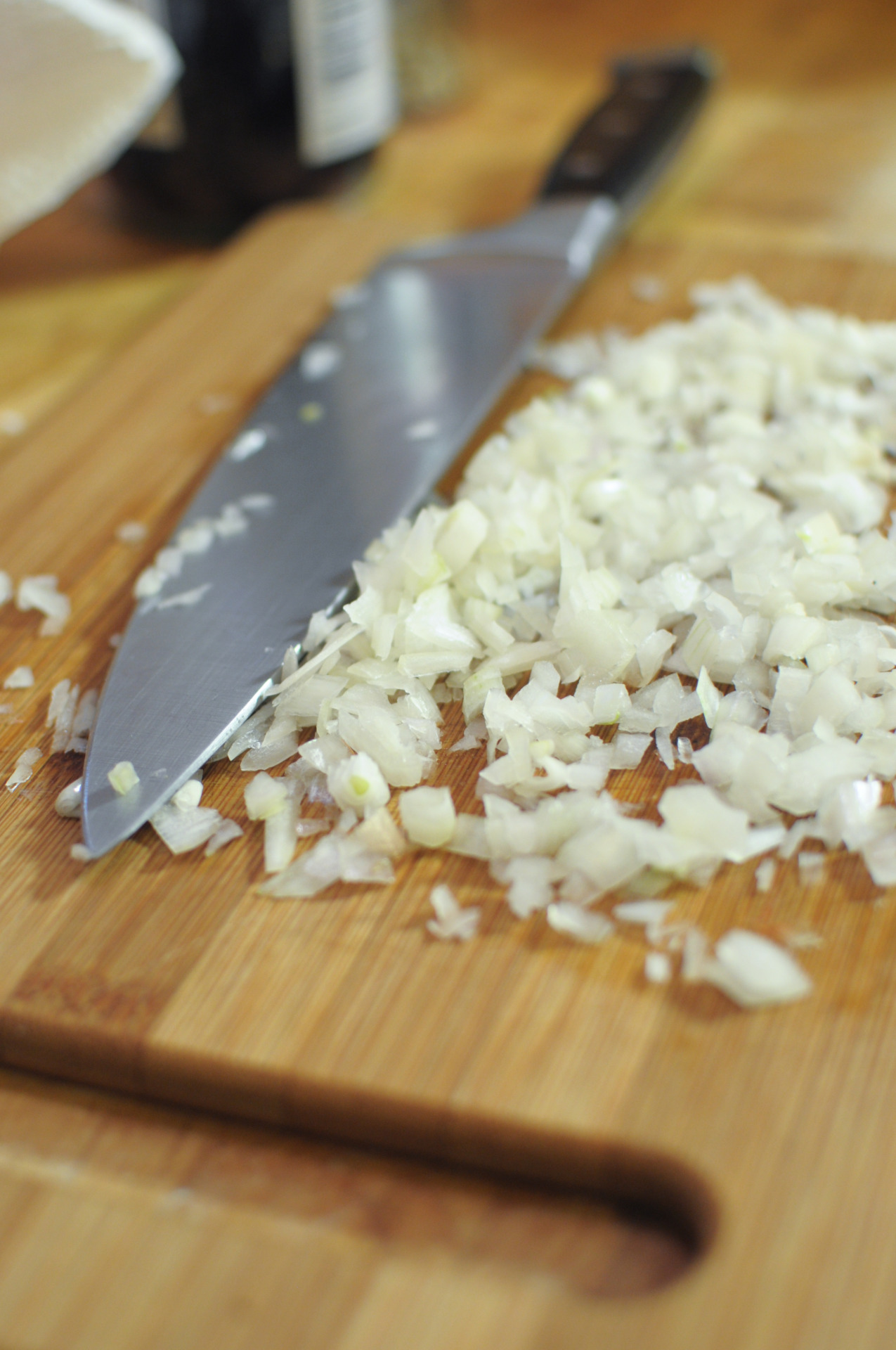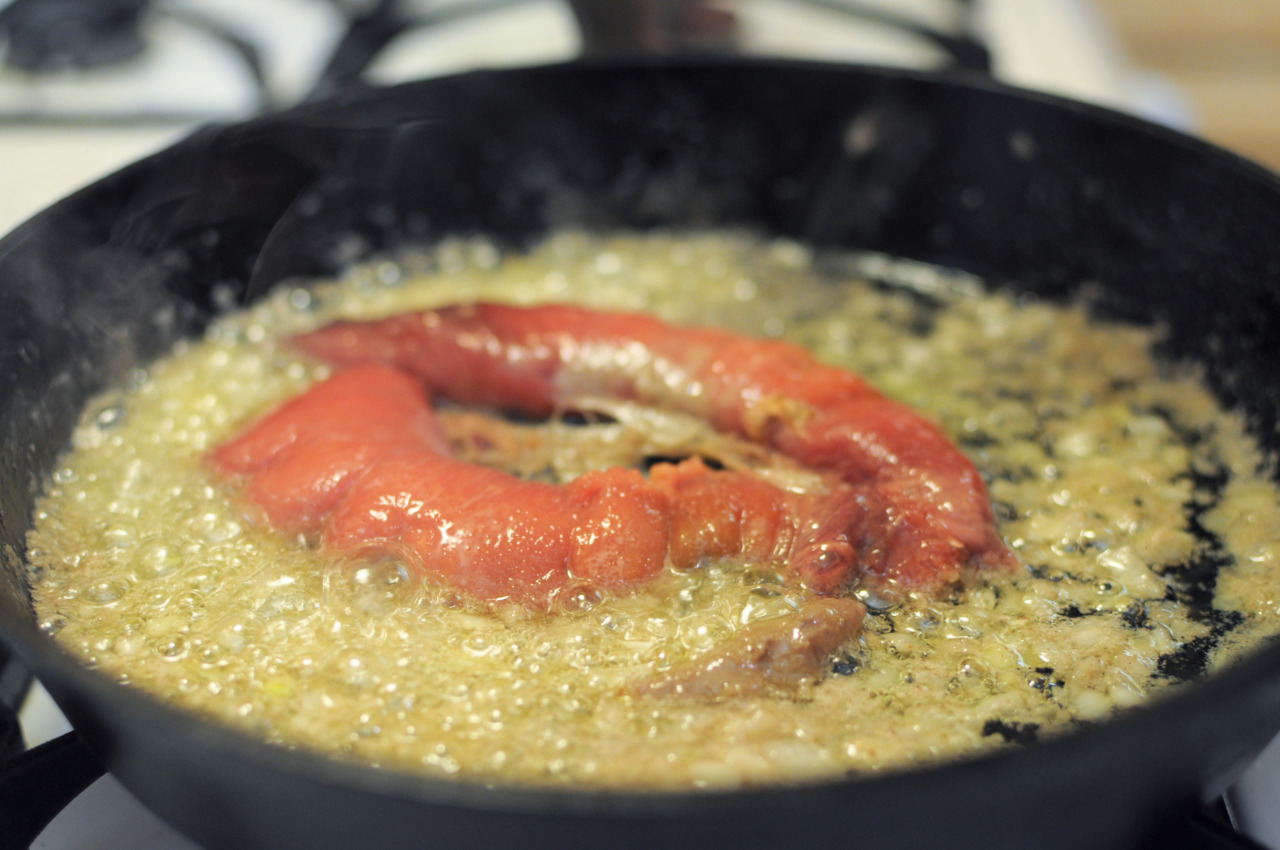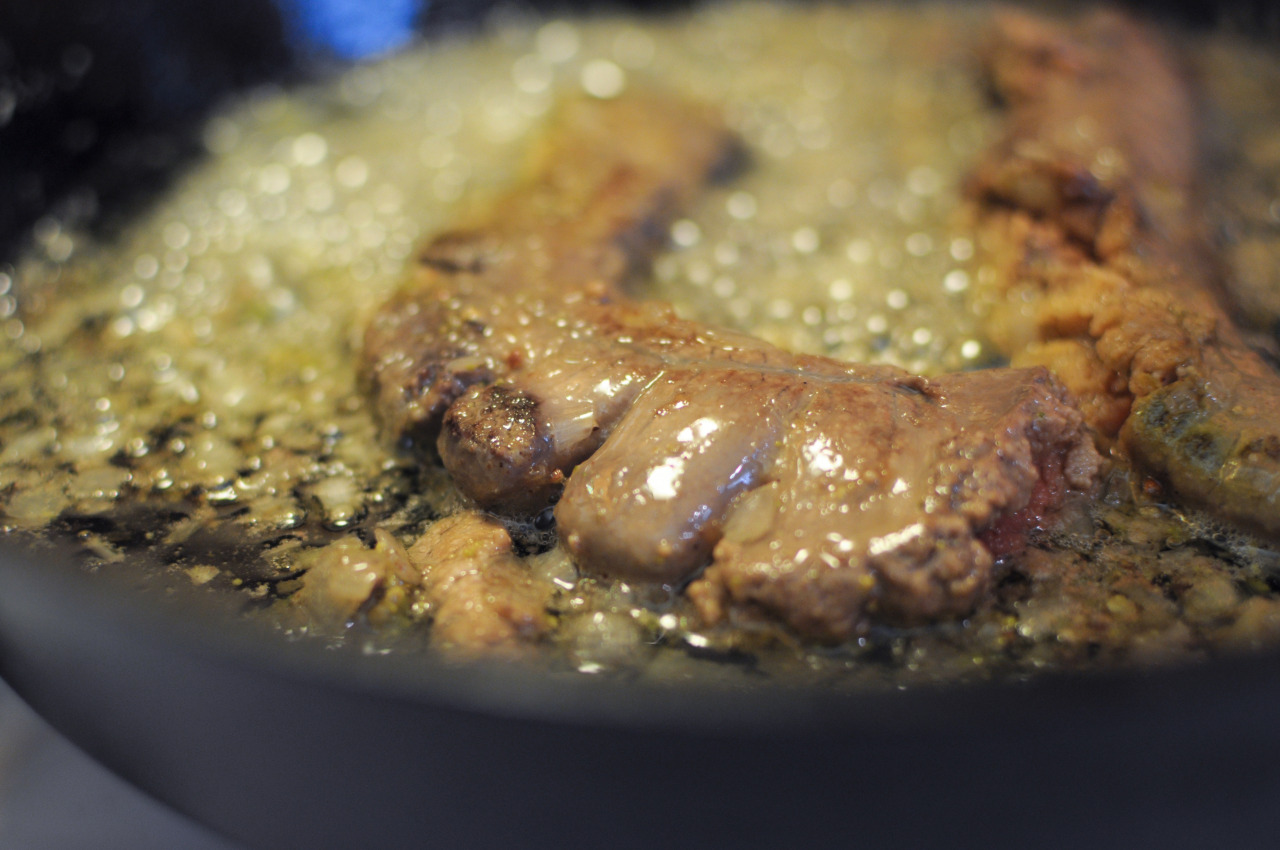
“Fricassee or fricassée /ˈfrɪkəsiː/[1] is a method of cooking meat in which it is cut up, sautéed and braised, and served with its sauce, traditionally a white sauce.” (Wikipedia)
In the recipe for Pizza Chicken I introduced burgersub’s chicken allergy. This allergy also includes turkey and other fowl. As a result of it, rabbit has become the other white meat of our household.
If, like us, you insist upon eating meat, rabbit is a somewhat more sustainable option than the alternatives. And if, unlike us, you care about fats or health or whatever, rabbit is so low in fat that one could die from eating it.
I wouldn’t say I’m an expert exactly. Lexington Market has several stands that sell rabbit but they all peddle the same frozen rabbits, probably from the same source, all at the same cost.
They get the job done.
By far, my preferred treatment of rabbit is to put it in the slow-cooker, whole, with some oil, seasonings and liquid and let it go for several hours.
The result is that the meat comes right off the bone. When dealing with rabbit, this advantage can not be overstated.
In fact, if I were to make this fricassee again, I would probably complete the whole first step in the slow cooker. Perhaps use stock instead of dealing with the onion and parsley. Also I would not cut the bacon into tiny bits that are impossible to deal with.

This fricassee recipe came from “Fifty Years in a Maryland Kitchen” by Mrs. Benjamin Chew Howard, aka Jane Gilmor.
Here in Baltimore, the name speaks for itself.

Jane Grant Gilmor Howard by Thomas Sully
This popular classic Maryland cookbook was printed and reprinted over the years, with a revised “for modern times” edition coming out some time in the 1940s. THAT version was reprinted by Dover in the 1980s. However, I hardly need editor Florence Brobeck telling ME to cut back on butter. Plus that edition leaves out crucial recipes such as instructions to heal a “drooping canary” and “how to clean polished Mahogany”. Mrs. Howard was a regular Heloise.

1913 Edition of Fifty Years in a Maryland Kitchen
Fifty Years in a Maryland Kitchen is sure to make regular appearances on this website. Call me up if you need help with a drooping canary.
Recipe:
- 1 young rabbit
- 1 onion cut in two slices
- 2 cloves
- a little mace
- parsley
- .25 Lb streaked bacon, cut into dice
- water
- 20 button onions
- 2 oz butter
- 1 Tablespoon flour
Cut a young rabbit into neat joints and lay it in lukewarm water to draw put the blood then drain it and put it into a stew pan with a large onion cut into slices two cloves a little mace parsley and a quarter of a pound of streaked bacon cut into dice. Cover all with water and let it simmer twenty minutes keeping it well skimmed. Then pass the stock through a sieve into a dish and take out the pieces of rabbit and bacon. In another stew pan have ready two ounces of butter mixed with a good table spoonful of flour moisten with the stock and stir over the fire until boiling. Then trim the rabbit nicely and put it with the bacon and twenty button onions into the sauce and let it simmer until the onions are tender. Skim off all the fat. Then pour in a gill of cream into which the yolks of two eggs have been mixed. Leave it on the fire until it thickens but do not let it boil Take out the rabbit arrange it nicely on a dish pour the sauce over it and serve

This step may have been unnecessary with my thawed rabbit of unknown age.





Fun fact: briefly soaking garlic or small onions like these makes quick work of removing their skins




When in doubt use a thermometer to keep from scrambling those eggs
Hassle aside, this was a tasty dinner. Went great with some not-period-appropriate garlic naan.

